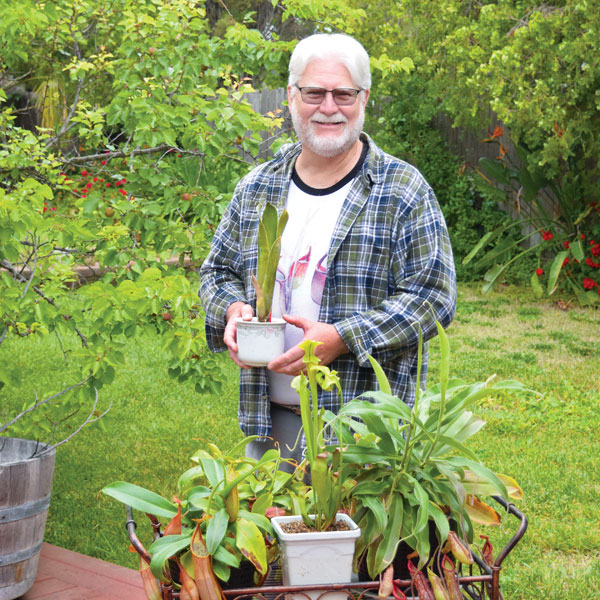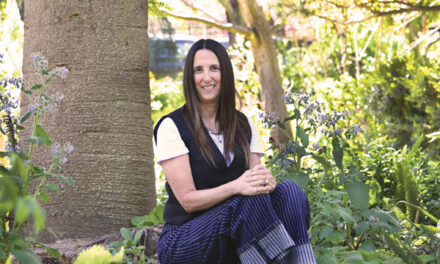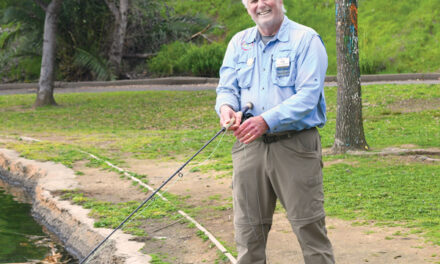The prey lands. A trap is sprung. The prey struggles but is no match for the enzymes that slowly digest it between vibrant green lobes with tooth-like trichomes.
No, this isn’t a scene out of “Little Shop of Horrors.” It’s the daily eating habit of a Venus flytrap, one of hundreds of carnivorous plant species that capture our imagination.
“Carnivory in plants has arisen at least 12 different times in 12 different areas around the world,” says Ron Nies, president of the Sacramento Bromeliad and Carnivorous Plant Society. “The whole idea of plants absorbing insects makes sense. They grow in areas with nutrient-poor soils, so they catch insects to supplement their needs.”

Nies and other members meet the third Wednesday of each month at the Shepard Garden and Arts Center in McKinley Park to discuss caring for these fascinating plants. The club’s 53rd annual show and sale June 17–18 is a perfect place to check out various specimens—and maybe even buy a carnivorous plant.
“We like to show them off,” Nies says of the plants that captured his attention while he studied wildlife management at Humboldt State. “I’m really into the sundews at the moment. There are a lot of different types, some that are temperate that grow here in California, some very specialized ones that grow in Australia. Some grow as large as bushes and some, the pygmies, are smaller than a dime. Some of them even move. If an insect gets stuck on their sticky leaves, the leaf will wrap up around them.”
Though one of the most commonly known species, the Venus flytrap, is hard to grow locally, the club brings in specimens for the show. In addition to carnivorous plants, the club specializes in bromeliads, a vertical flowering plant native mainly to the tropical Americas.
“Back in the 1970s, the separate bromeliad and carnivorous plant clubs were struggling, so they combined resources,” says Nies, an Arden resident. “There’s a very loose carnivorous relationship that was the justification for combining. Bromeliad plants sit upright and sometimes insects fall into their leaves. That’s how they absorb nutrients. There are a couple species that can lean, so people are debating whether they’re carnivorous or not.”
Nies says bromeliads are easy to keep as houseplants, though they require a specific watering pattern thanks to their unique structure. Carnivorous plants require individualized care based on their species.
The sarracenia, or North American pitcher plant, grows well in Sacramento backyards, Nies says. And you can always ask club members for advice.
“People can bring in their plant if it doesn’t look quite right and we’ll figure out what’s going on,” Nies says. “Also, if you come to the club, we have a raffle every month where people end up taking plants home.”
If a free plant isn’t incentive enough, here’s another teaser: “If you come to the club or the show, I can explain how the Venus flytrap can count to five,” Nies says.
Consider us intrigued.
The Sacramento Bromeliad and Carnivorous Plant Society Show and Sale will be held Saturday, June 17, 10 a.m. to 4 p.m. and Sunday, June 18, 10 a.m. to 3 p.m. at Shepard Garden and Arts Center, 3330 McKinley Blvd. For information, find the club on Facebook.
Jessica Laskey can be reached at jessrlaskey@gmail.com. Follow us on Facebook, Twitter and Instagram: @insidesacramento.
















